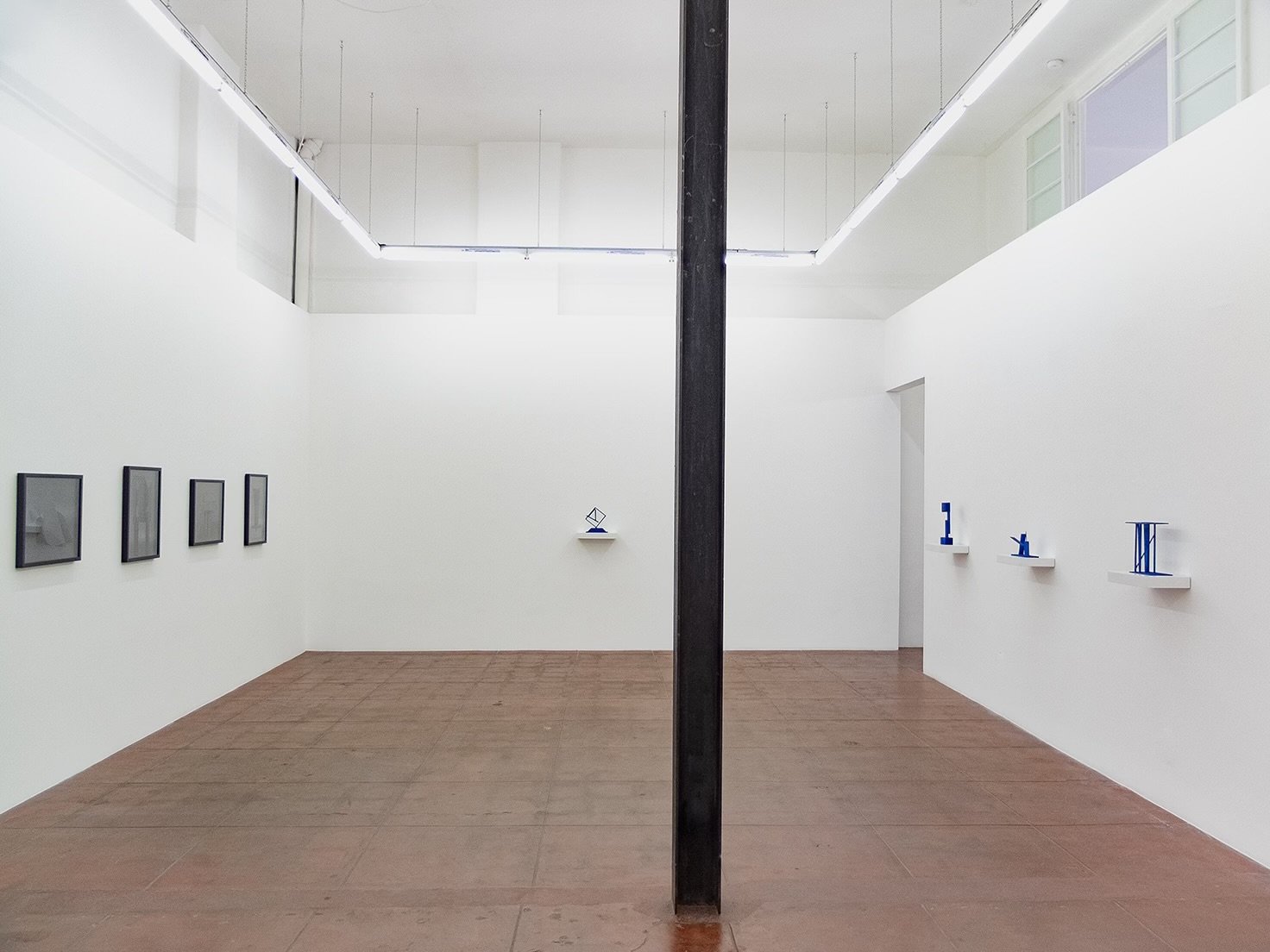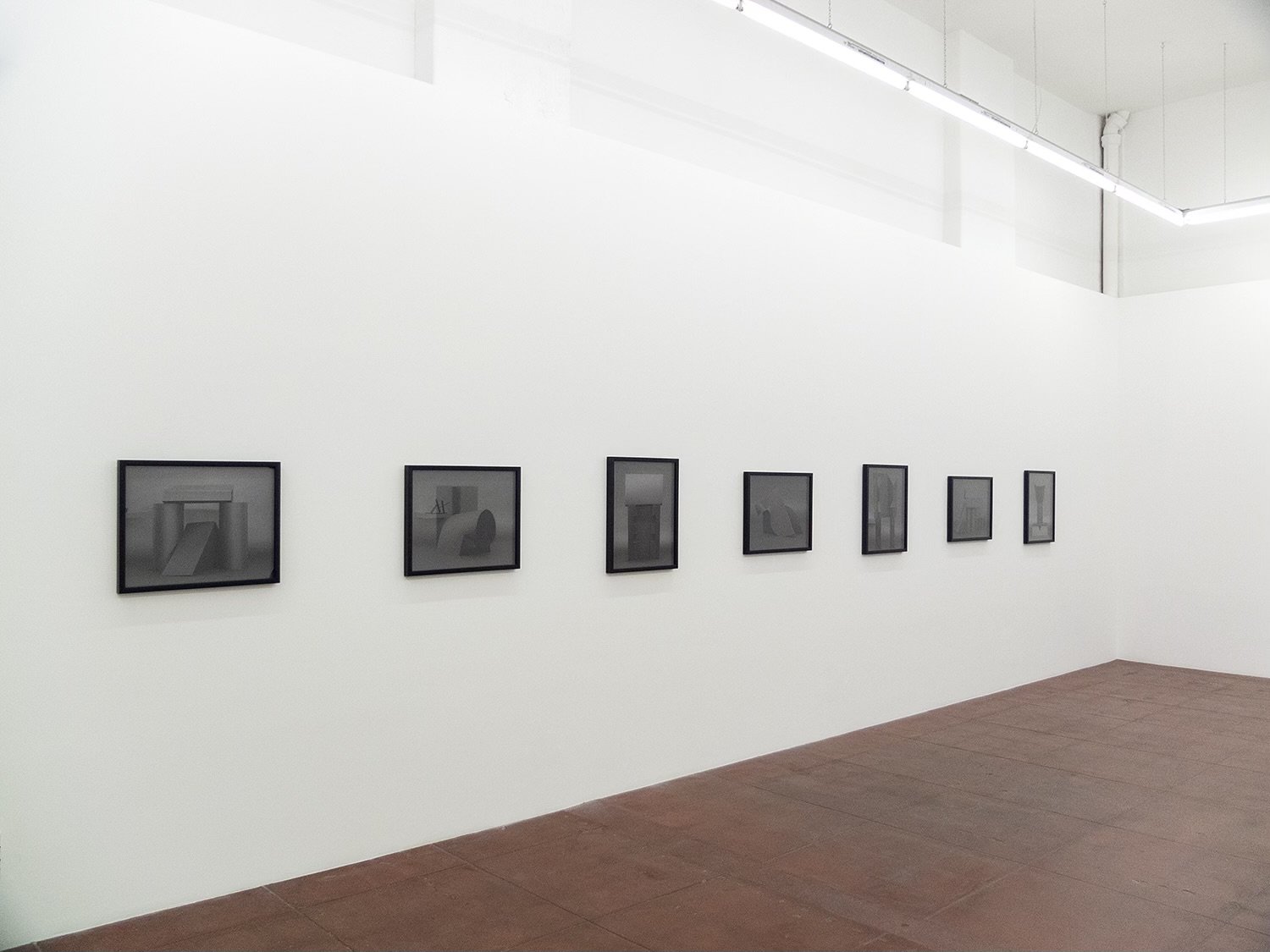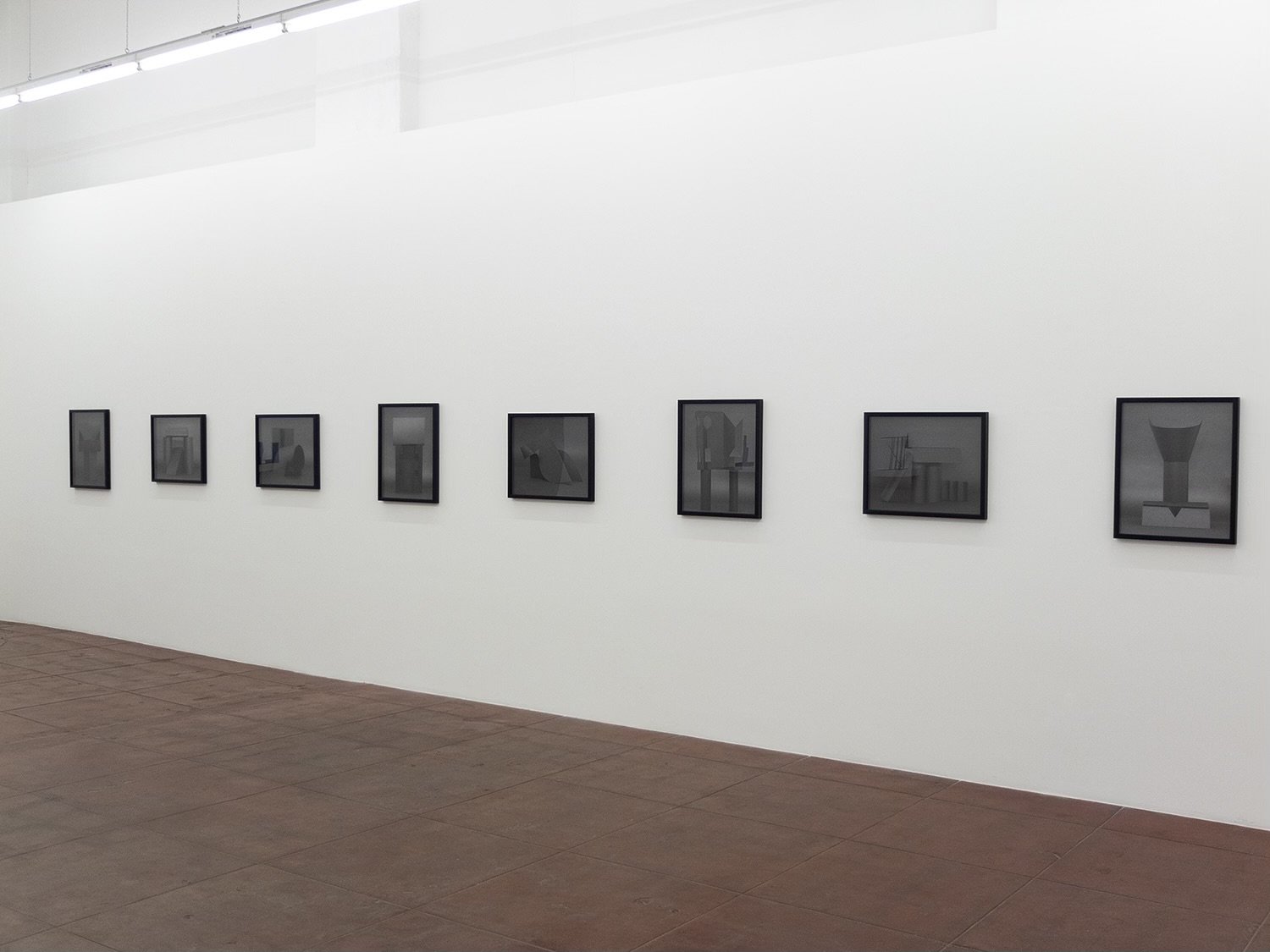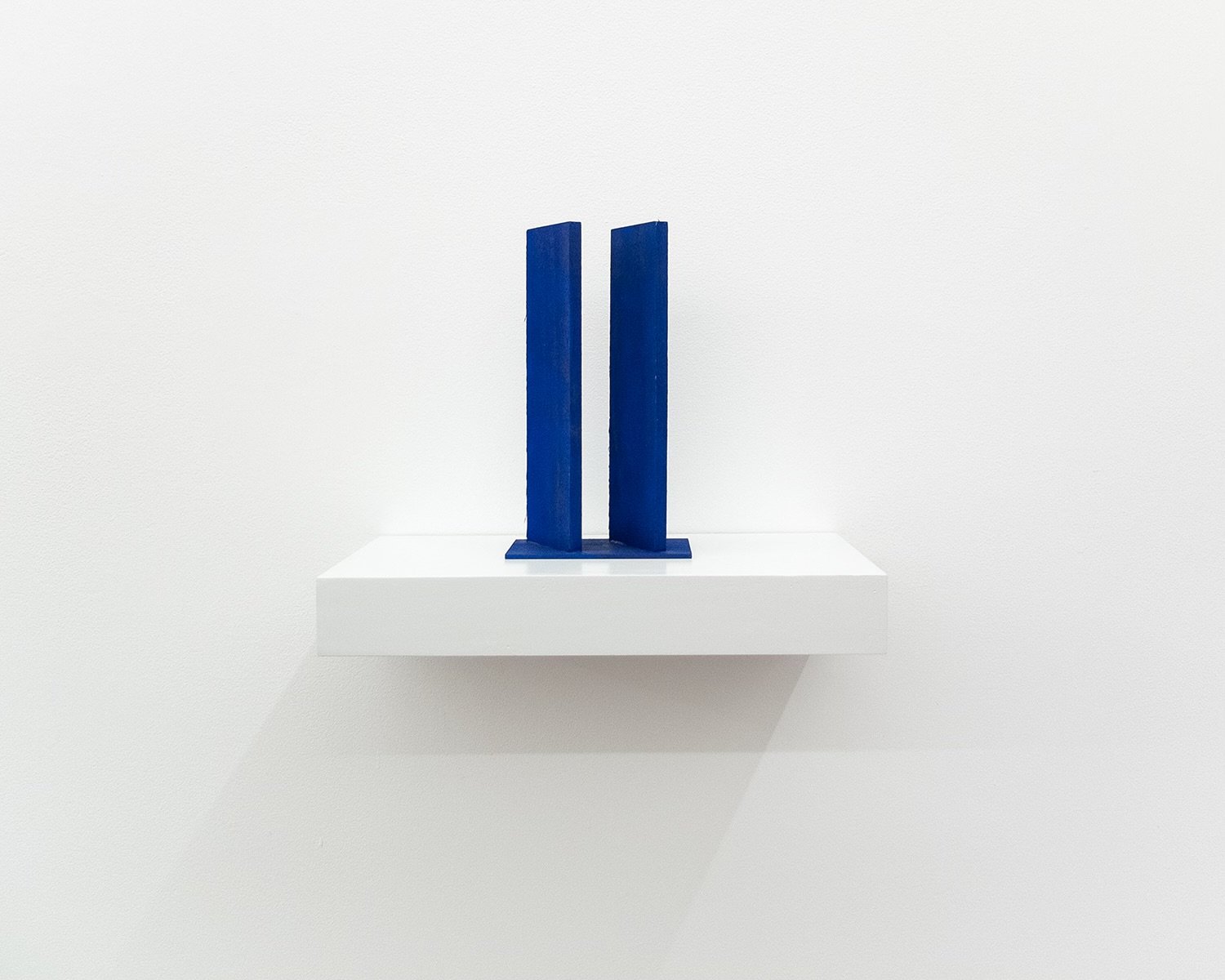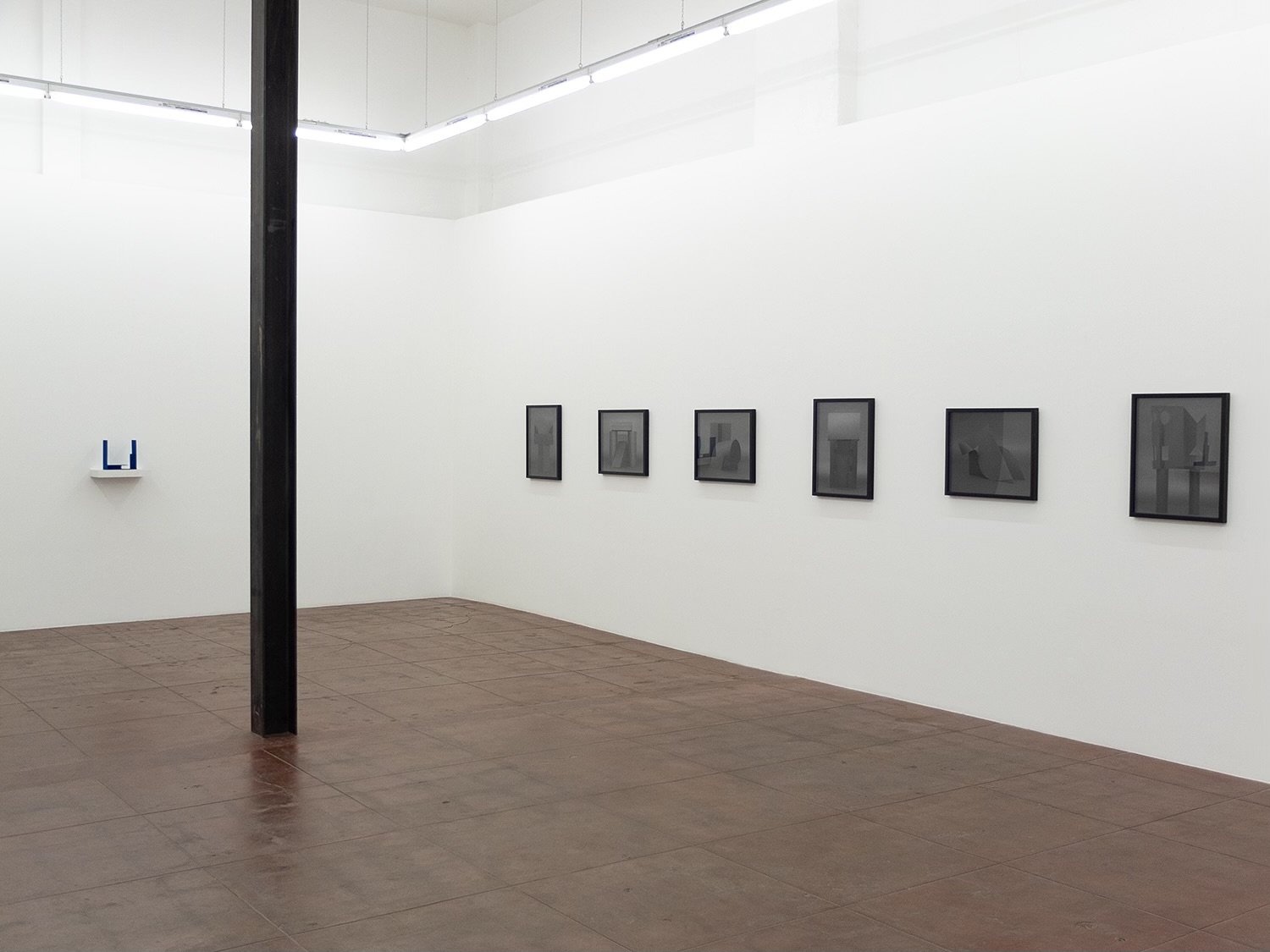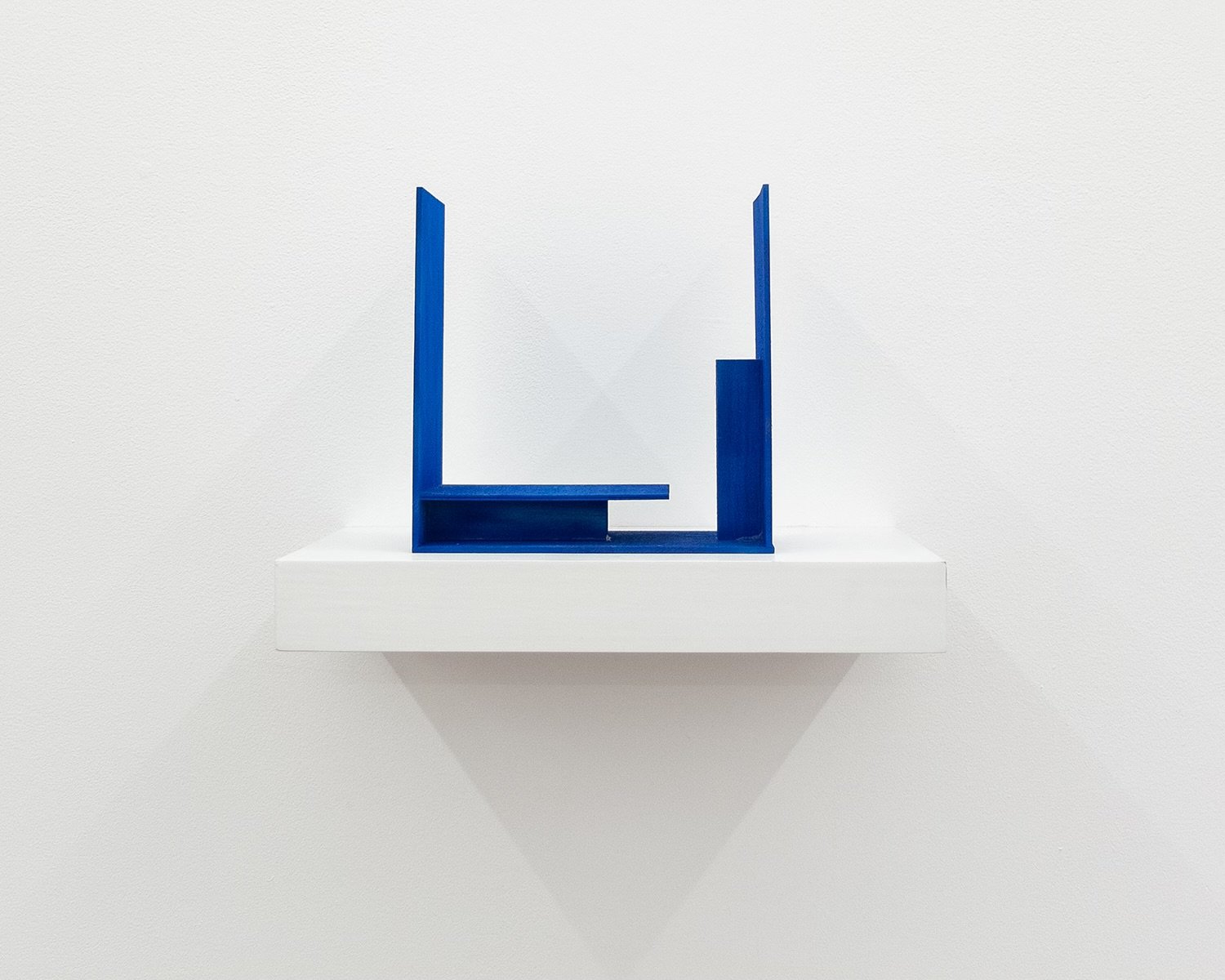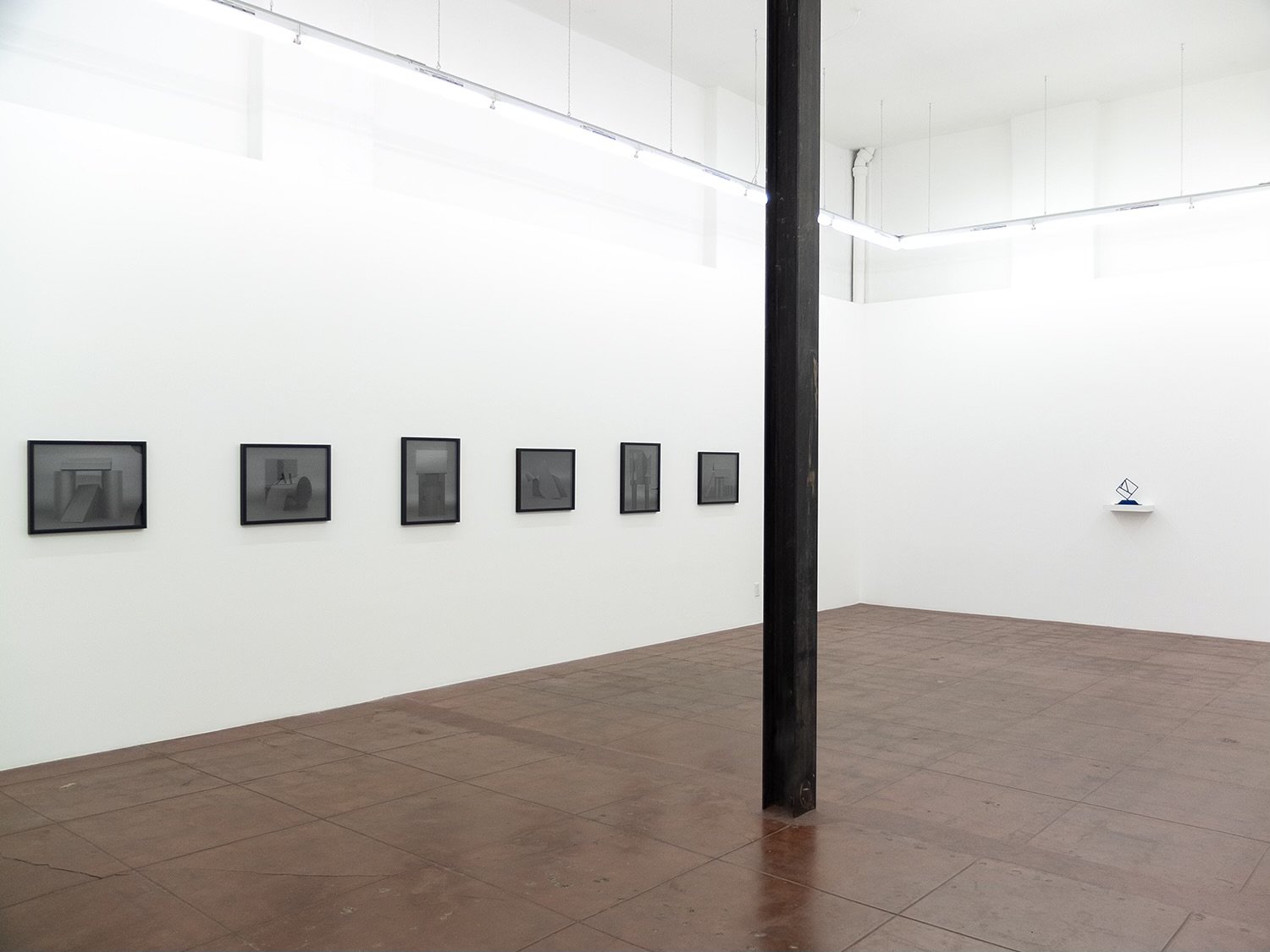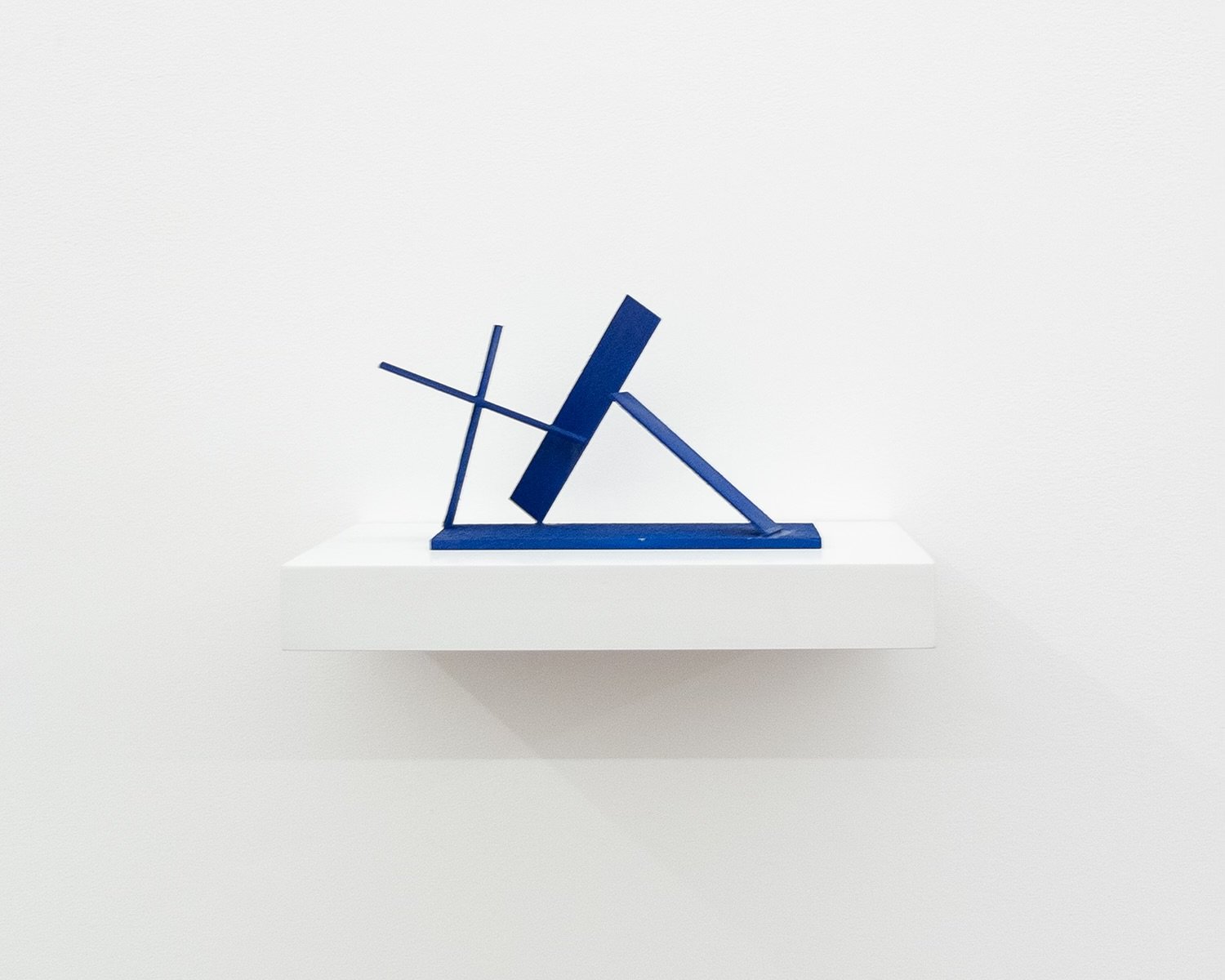April 22, 2023 - June 10, 2023
Gallery reception is Saturday, April 22 from 2:00 to 5:00 pm.
Last Departure, #1062, 2021
There is a widely held expectation that an artist working from a distinct, perhaps under-represented, subject position—a youngish Black man, for instance—will make art that reflects, even foregrounds, his own racial identity. Appreciating the power of expectation, as he does, Los Angeles artist Lenard Smith codes his work with great subtlety. Indeed, his artworks are sometimes so subtle on the subject of race that they effectively ask the question: Is the Black content we find in this art “implied,” that is to say, placed there intentionally, if quietly, by the artist? Or is it “inferred,” present largely as the result of our determination to find the thing we are seeking?
The art on view—the “evidence” we are asked to consider—consists of eight medium sized (18 1/2 x 28”) photographs and seven small hand-painted sculptures. The two bodies of work are related but different. The little sculptures work through a series of spatial arrangements that invoke a rich history including, most prominently, Vkhutemas, the 1920’s era Soviet architecture academy remembered for the visionary, highly abstract models produced by its students. Smith’s small sculptures, each painted a deep blue and presented on its own cantilevered shelf, effectively capture that same giddy sense of utopian promise.
The photographs being presented alongside the sculptures also begin as models. But here optimism gives way to something a bit darker and more ominous, perhaps even “dystopian,” as the artist suggests. Smith’s dimly lit photographs call to mind the tribal face-masks of the sort “discovered“ by the Surrealists and documented by the great Walker Evans in his study of African face-masks, which likewise translated sculpture into photography. And so it is in these eight photographs that Smith, himself the child of Ghanaian immigrants, uncovers the quantum of racial identity that lies hidden, ready to be unlocked, in even the most abstract material, a lesson which invests these already handsome artworks with that much more power.
